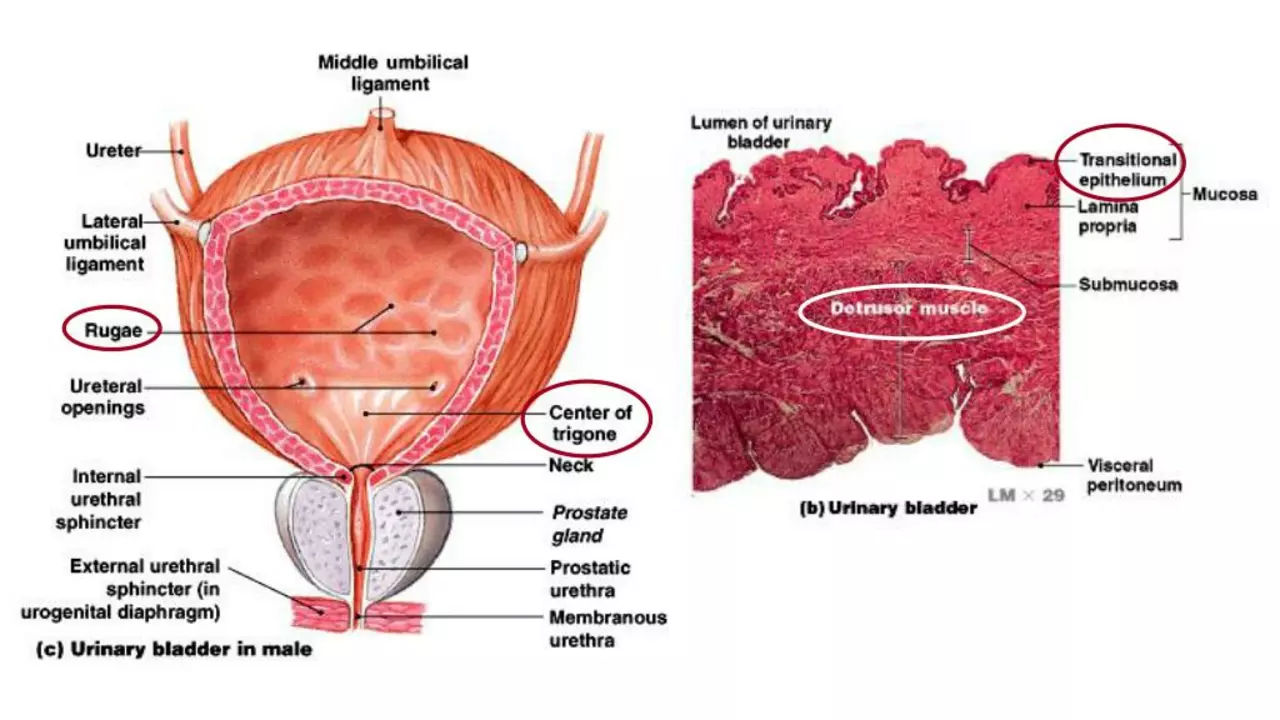Muscle spasms: fast relief, common causes, and sensible next steps
A sudden muscle spasm can stop you cold — one second you're fine, the next your calf or back locks up. Most spasms are harmless and short, but some signs mean you should act faster. This page gives clear, practical steps you can try right away, explains common causes, and helps you decide when to call a clinician.
First aid for a live spasm: stop the activity, gently stretch the affected muscle, hold the stretch for 20–30 seconds, then massage the area. Apply heat after the spasm eases to relax tight fibers, or try cold if there’s sharp pain or swelling. Sip water with a pinch of salt if you’ve been sweating hard — dehydration and low electrolytes often trigger cramps.
Simple fixes that actually help
Stretch daily if you get recurring cramps: calf raises, hamstring stretches, and gentle spine twists work well. Keep moving through the day; long sitting spells make tightness worse. Over-the-counter pain relievers like ibuprofen or naproxen can ease soreness, but they don’t stop the spasm itself. For persistent nighttime cramps, try a small magnesium supplement after checking with your doctor — it helps some people.
If you exercise a lot, review your warm-up and hydration. Electrolyte imbalance (low potassium, magnesium, or calcium) and sudden increases in activity are common triggers. Tight or weak muscles, poor footwear, and compressed nerves (from herniated discs or sciatica) can also cause repeat spasms.
When medication or medical care is needed
Most short spasms clear in minutes or hours. See a provider if the spasm: lasts over 48 hours, is very severe, comes with numbness or muscle weakness, or follows an injury. Sudden spasms with fever, chest pain, trouble breathing, or fainting are red flags — seek emergency care.
For ongoing problems, doctors may suggest prescription muscle relaxants (like baclofen or cyclobenzaprine), or meds for nerve-related pain such as gabapentin (Neurontin). Physical therapy, trigger-point injections, and targeted stretching programs often fix the root cause without long-term drugs. If a nerve problem is suspected, imaging or a specialist referral might be needed.
Want specific reads from RX2Go? Check our Neurontin guide to learn how gabapentin is used for nerve pain and spasm-related conditions. If involuntary movements or jaw trouble show up with your spasms, our article on dyskinesias explains how those issues can affect dental and daily life.
Quick checklist: hydrate, stretch, apply heat, use gentle massage, consider magnesium if approved by your doctor, and get medical help for red flags. Small, consistent habits — a nightly stretch routine and steady hydration — prevent most repeat cramps. If you're unsure, a short visit to your clinician will usually clear up cause and treatment fast.
